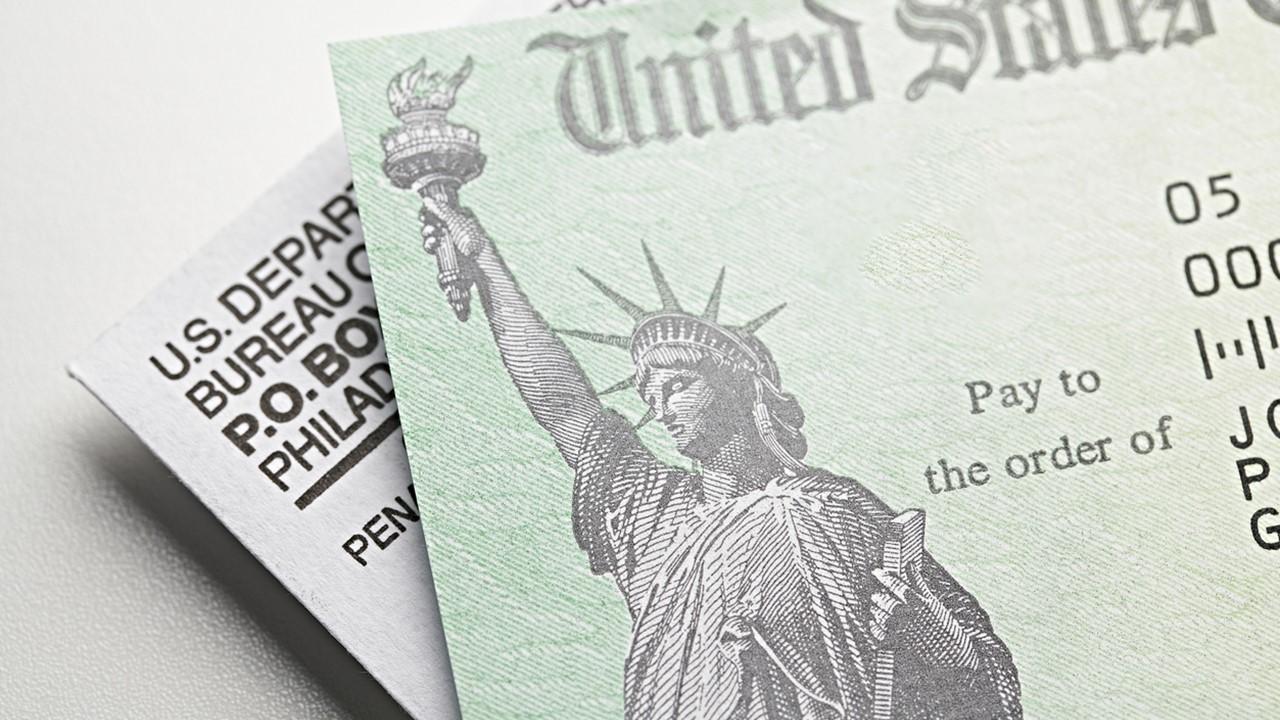Why Did I Get a $2,800 Stimulus Check?
Americans are receiving the third round of stimulus checks. When your check arrives, here's why you might get $2,800.
March 17 2021, Published 8:23 a.m. ET

The third round of economic stimulus payments is making its way to American taxpayers. The American Rescue Plan was passed by Congress and signed into law by President Biden on March 11, which resulted in $1,400 stimulus payments for qualified individuals.
The stimulus package offers the largest payment to Americans of the three relief packages that have been passed since the COVID-19 pandemic started. If you received a $2,800 stimulus check, that likely means you have two qualified individuals. A married couple filing jointly, earning less than $150,000, should get $2,800 total.
However, there are some key changes to the eligibility requirements this time compared to the first two stimulus packages. More dependents qualify and the income limits for phasing out are lower. So, if you are an individual tax filer with one dependent of any age, you would also receive $2,800.

Calculating the $2,800 stimulus check
A $2,800 stimulus check is simple to calculate. Anyone with an AGI (adjusted gross income) below $75,000 for the most recent tax filing year qualifies for the full $1,400 payment. A married couple filing jointly must make below $150,000 in combined AGI to qualify for $2,800.
An individual tax filer might also receive $2,800 if they have one dependent. Dependents can be of any age, so this includes college students and adults with disabilities, for example.
Why is my stimulus check more than expected?
If you received your stimulus payment and it was higher than anticipated, this could be due to the fact that about 13.5 million more dependents qualify for payments than in the first two rounds of relief.
A couple filing jointly plus one dependent child should receive $4,200, and a family of four should receive $5,600.
Why did I only get part of my stimulus?
Some Americans might have received a stimulus check that was lower than expected. This might be due to the different income limits for the third round of stimulus payments.
If your adjusted gross income was above $80,000 as an individual tax filer, $120,000 as head of household, or $160,000 as a couple filing jointly, you don’t qualify at all.
For those with income limits between certain ranges, the stimulus payments will be on a graduated scale, reducing from $1,400 to $0.
Income ranges for reduced stimulus payments:
- Individuals with AGI $75,000–$80,000
- Head-of-household with AGI of $112,500–$120,000
- Couples filing jointly with AGI of $150,000–$160,000
The maximum income limits were higher with the previous stimulus packages, so not everyone who qualified for those payments will qualify for the third payment.

Filing a tax return to get a stimulus payment
Many Americans don’t file taxes because they don’t earn enough income to require it, but they need the stimulus payments. Last year, the IRS created a website for non-filers to enter information to receive stimulus funds, but that site isn't functional anymore.
The IRS and Treasury Department “are urging non-filers to file a 2020 tax return to ensure they get all the payments and tax credits they are owed,” according to CBSNews.
